Abstract
Leafy vegetable production accounts for an important part of Japanese agriculture. According to data for 2022, the national leafy vegetable harvest is 117kt, the highest figure ever recorded. Leafy vegetables are also cultivated on a large scale, covering an area of 1.85 kha. Ibaraki Prefecture is particularly noteworthy in terms of shipping volume, recording 48.1kt of shipments, making it the largest producer in the country. These data indicate that the demand for leafy vegetables in Japanese agriculture is increasing. Ibaraki Prefecture has a particularly strong presence, suggesting that the region’s climate and land conditions are suitable for production. In order to meet the growing demand, it is expected that production volume and cultivated area will continue to expand.
Spring cabbage harvest yield (main data).
The harvest yield of leafy vegetables in Japanese agriculture, especially spring cabbage, has fluctuated, looking at data from 1973 to 2022. At its peak in 1999, the national harvest was recorded at 140kt, but it has now fallen to 83.2% of the peak. This trend is thought to be due to various factors, including changes in demand for leafy vegetables, the area cultivated, and the impact of climatic conditions. In particular, there may be changes in demand due to increasing urbanization and changing food culture. In addition, harvest yields can fluctuate due to advances in agricultural technology and improvements in production efficiency. Going forward, changes in demand, responses to climate change, and the promotion of sustainable agriculture will be important factors influencing leafy vegetable production.
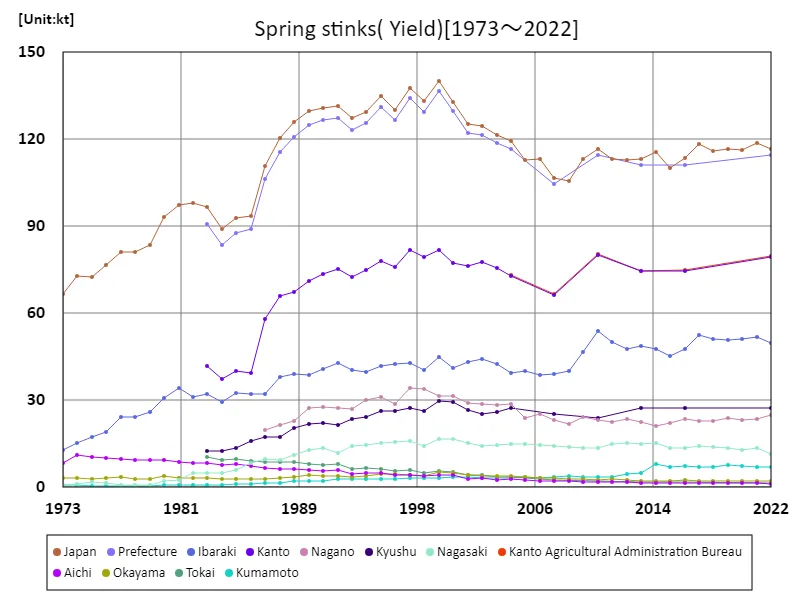

The maximum is 140kt[1999] of Japan, and the current value is about 83.2%
Spring cabbage harvest volume (by prefecture).
In Japan’s agriculture, the harvest volume of leafy vegetables has been surveyed by prefecture with the latest data for 2022. According to the data, Ibaraki Prefecture recorded the highest overall yield, reaching 49.6kt. This is the highest figure ever recorded and demonstrates the vital role that Ibaraki Prefecture plays in leafy vegetable production. Additionally, a trend that has emerged so far is that Ibaraki Prefecture has had exceptionally high harvest yields compared to other regions. This is likely due to factors such as the climate and land conditions in Ibaraki Prefecture being suitable for growing leafy vegetables, as well as advances in agricultural technology in the region. Furthermore, Ibaraki Prefecture had the largest overall harvest of leafy vegetables, indicating that the region plays a central role in leafy vegetable production throughout Japan. In the future, further development of agricultural technology and the establishment of sustainable production systems will be required in each region, including Ibaraki Prefecture.
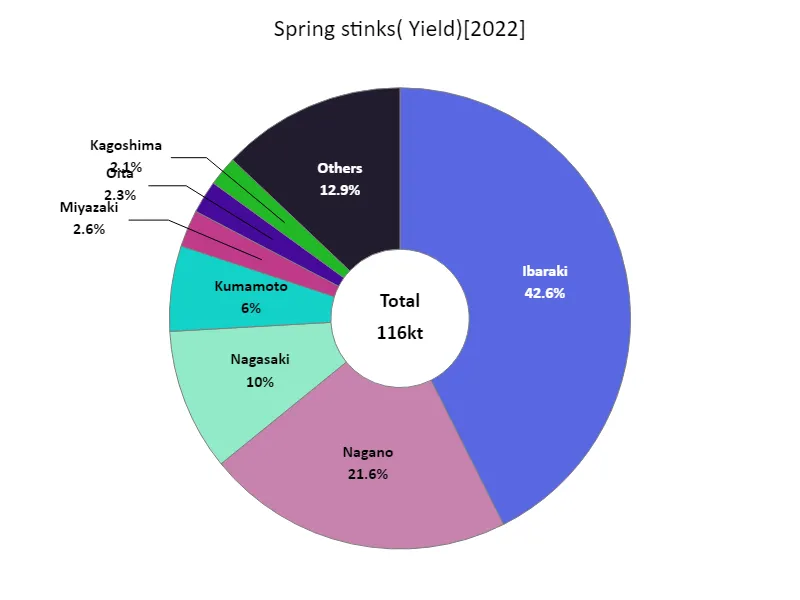

The maximum is 49.6kt of Ibaraki, the average is 2.59kt, and the total is 116kt
Spring cabbage planting area (main data).
Looking at data from 1973 to 2022, the area planted to leafy stem vegetables in Japanese agriculture, especially spring cabbage, has fluctuated. At its peak in 1992, the area under cultivation nationwide was recorded at 2.51kha, but it has now declined to 73.7% of the peak. This trend is thought to be due to changes in agricultural structure, fluctuations in market demand, as well as the effects of climatic conditions. In particular, demand for leafy vegetables may change with increasing urbanization and changing food culture. In addition, the area under cultivation may fluctuate due to advances in agricultural technology and improvements in production efficiency. Going forward, changes in demand, responses to climate change, and the promotion of sustainable agriculture will be important factors influencing the area planted with leafy vegetables.
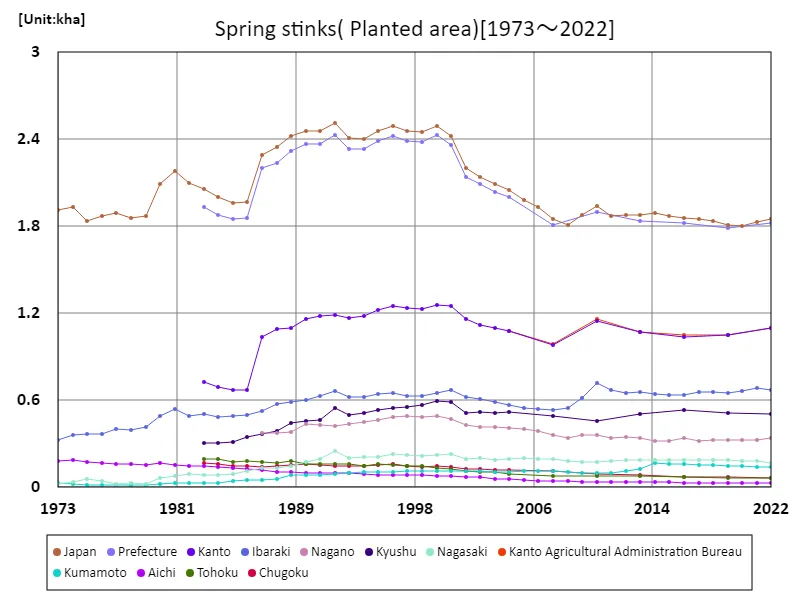

The maximum is 2.51kha[1992] of Japan, and the current value is about 73.7%
Spring cabbage cultivation area (by prefecture).
The area of land used to grow leafy vegetables in Japanese agriculture has been surveyed by prefecture with the latest data for 2022. According to this data, Ibaraki Prefecture recorded the highest overall area, reaching 669 hectares. This is the highest figure ever recorded and demonstrates that Ibaraki Prefecture plays a vital role in the cultivation of leafy vegetables. Another trend that has emerged so far is that Ibaraki Prefecture has a significantly larger cultivated area than other regions. This is likely due to factors such as the climate and land conditions in Ibaraki Prefecture being suitable for growing leafy vegetables, as well as advances in agricultural technology in the region. Furthermore, the area cultivated with leafy stem vegetables in Ibaraki Prefecture is the largest overall, indicating that the region plays a central role in leafy stem vegetable cultivation throughout Japan. In the future, further development of agricultural technology and the establishment of sustainable production systems will be required in each region, including Ibaraki Prefecture.
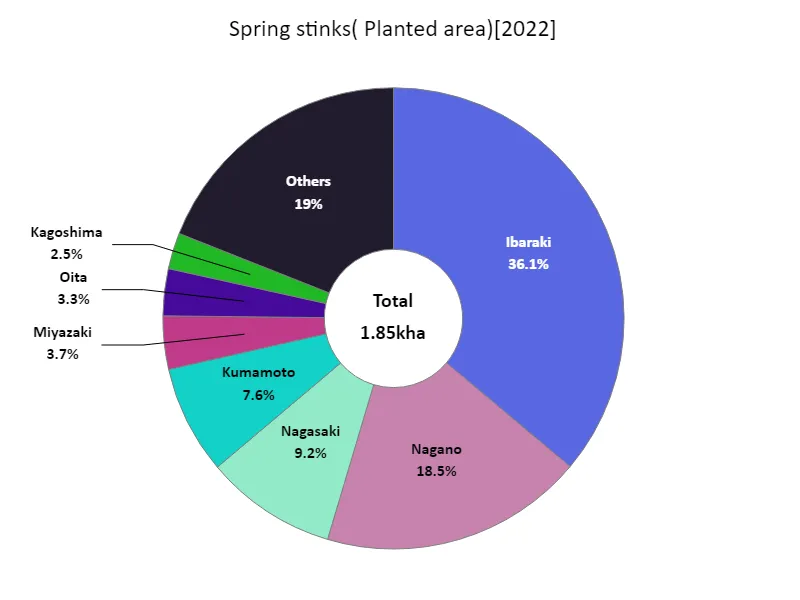

The maximum is 669ha of Ibaraki, the average is 41.2ha, and the total is 1.85kha
Spring cabbage shipping volume.
The total shipment volume of spring cabbage in Japanese agriculture in 2022 will be 108kt, with Ibaraki Prefecture being the largest producer, accounting for 48.1kt. The average shipping volume is 2.4kt, with some variation across regions. A trend thus far has been that Ibaraki Prefecture plays a vital role in the volume of spring cabbage shipped. One reason for this is that the climate and soil conditions in Ibaraki Prefecture are suitable for growing spring cabbage. There are also certain shipping volumes in other regions, and spring cabbage is produced throughout Japan. The balance of production by region can also be seen in the fact that the total shipping volume was less than the overall maximum. Going forward, there will be a demand to improve agricultural techniques in each region and build sustainable production systems. In particular, it is important to adapt to climate change and changes in market demand.
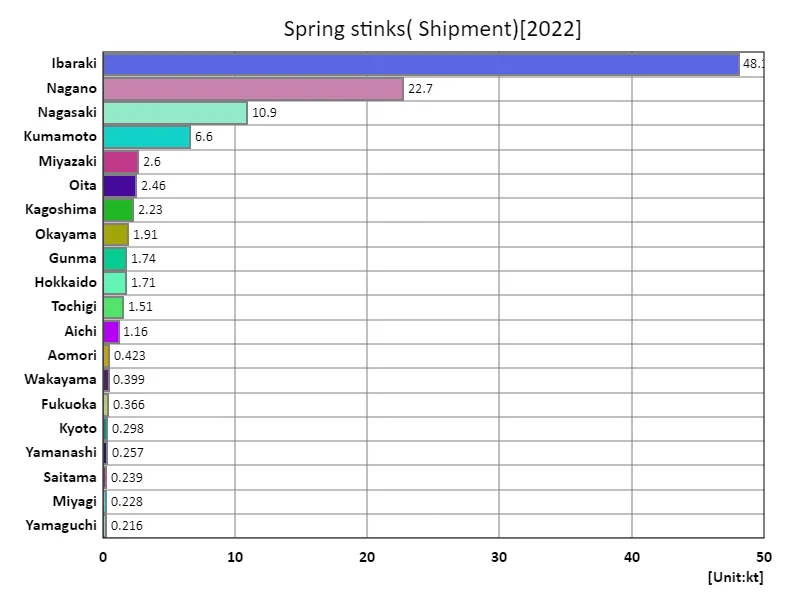

The maximum is 48.1kt of Ibaraki, the average is 2.4kt, and the total is 108kt
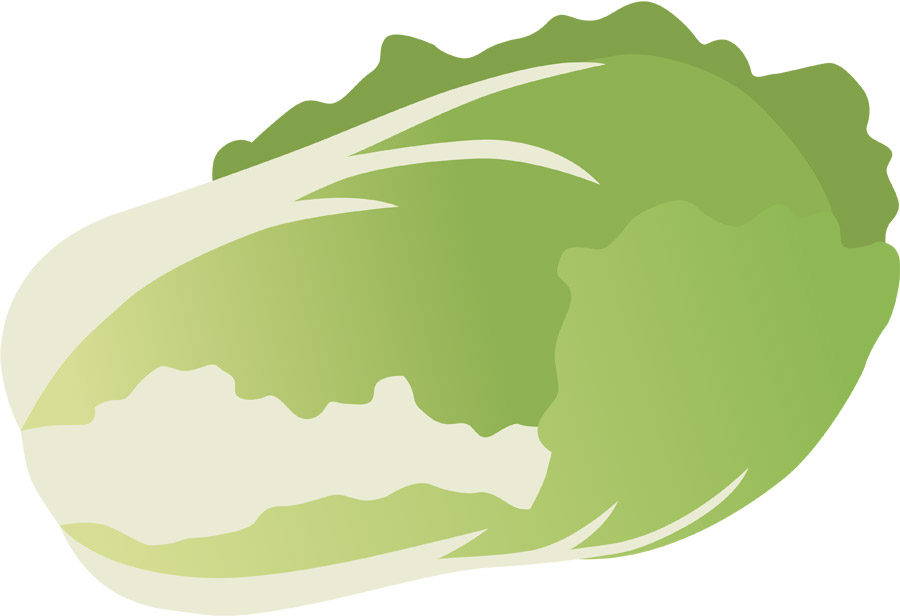


Comments